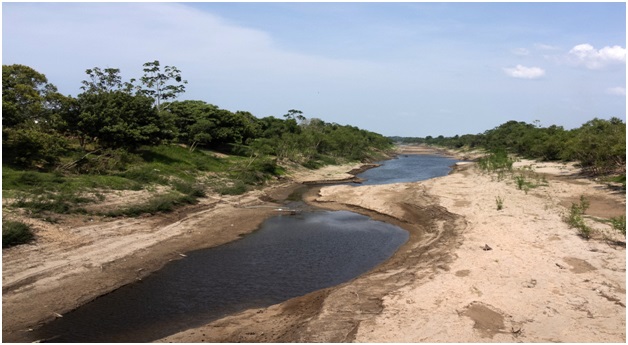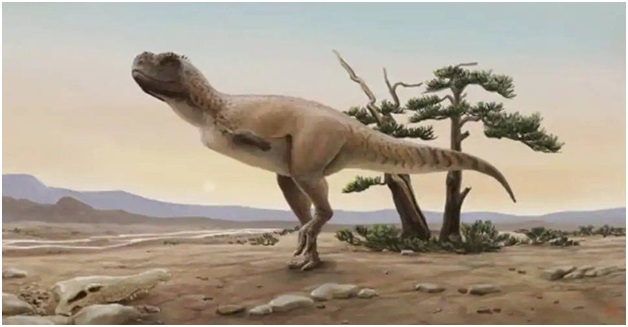IBSA (INDIA, BRAZIL, SOUTH AFRICA) GROUPING

- 28 Sep 2024
In News:
In a significant move for global security, the Foreign Ministers of the IBSA (India, Brazil, South Africa) grouping issued a strong declaration against terrorism during the 79th UN General Assembly in New York. This declaration condemned terrorism in all its forms and reaffirmed the collective responsibility of the international community to eliminate terrorist safe havens worldwide.
Key Points from the IBSA Declaration:
- Universal Threat: The ministers stressed that terrorism is a threat that transcends borders, cultures, and governments.
- Rule of Law: They emphasized that counter-terrorism efforts must adhere to international law, particularly the UN Charter and human rights laws, ensuring civil liberties are respected.
- International Framework: A call was made for establishing a comprehensive international counter-terrorism framework, with the United Nations at its core, to coordinate global efforts against terrorism.
- Cross-Border Security: The declaration highlighted the need for stringent actions against the movement of terrorists and the financing of terrorist networks, condemning groups like Al-Qaeda, ISIS/Daesh, Lashkar-e-Tayyiba (LeT), and Jaish-e-Mohammad (JeM).
- Comprehensive Convention: A renewed commitment to accelerate the adoption of the Comprehensive Convention on International Terrorism at the UN was emphasized, aiming to create a unified legal framework for combating terrorism.
Amazon River Hits Lowest Levels in a Century Amid Drought in Brazil (Business Standard)

- 16 Oct 2023
Why in the News?
The Amazon River fell to its lowest level in over a century on Monday at the heart of the Brazilian rainforest as a record drought upended the lives of hundreds of thousands of people and damaged the jungle ecosystem.
About the Amazon River:
- The Amazon River holds the distinction of being the world's largest river in terms of both water volume and width.
- Length and Course: Spanning an impressive 6,400 kilometres, it is the second-longest river globally, surpassed only by the Nile.
- Originating high in the Andes Mountains, the river courses its way eastward through vast rainforests and lowlands before reaching its culmination at the northeastern coast of Brazil, where it empties into the Atlantic Ocean.
- Dynamic Width: During the dry season, the Amazon River exhibits a width ranging from 4 to 5 kilometres, expanding significantly to 50 kilometres in certain areas during the wet season.
- Unparalleled Drainage Area: The Amazon boasts the largest drainage area globally, with its watershed spanning across Brazil, Peru, Ecuador, Colombia, Venezuela, and Bolivia.
- Approximately two-thirds of the Amazon's mainstream and the majority of its basin lie within the borders of Brazil.
- Water Discharge and Global Impact: With a staggering water discharge of 300,000 cubic meters per second into the Atlantic Ocean, the Amazon contributes one-fifth of the total freshwater volume entering the world's oceans.
- This immense water flow plays a pivotal role in regulating global oxygen and carbon cycles.
- Extensive Tributaries: Featuring over 1,100 tributaries, including seventeen exceeding 1,500 kilometres in length, notable contributors include the Rio Negro, the Madeira River, and the Xingu River.
- Environmental Significance: The Amazon Rainforest, constituting approximately half of the Earth's remaining rainforest, stands as the largest repository of biological resources.
- Often referred to as the "lungs of the Earth," the Amazon plays a crucial role in maintaining the planet's oxygen and carbon balance.
Farlowichnus rapidus (The Hindu)

- 25 Nov 2023
Why is it in the News?
Brazil's geological service recently announced a new species of dinosaur, a speedy animal that lived in the desert during the early Cretaceous period.
About Farlowichnus Rapidus:
- The new species of dinosaur was a small carnivorous animal about the size of a modern-day seriema bird, or about 60-90 cm (2-3 feet) tall.
- it was a very fast reptile that ran across the ancient dunes.
- These fossilized dinosaur "trackways," were first found in the 1980s by Italian priest and paleontologist Giuseppe Leonardi in the city of Araraquara, in Sao Paulo (Brazil).
- It lived during the early Cretaceous period.
About Cretaceous Period:
- The Cretaceous Period, spanning from approximately 145 to 66 million years ago, represents the third and final epoch of the Mesozoic Era.
- It is characterized by significant geological and biological events.
- The climate was generally warm, and the world's continents were positioned closer to their present locations.
- The Cretaceous witnessed the proliferation of diverse and iconic dinosaurs, including the formidable Tyrannosaurus rex and the enormous herbivorous sauropods.
- Additionally, flowering plants, or angiosperms, experienced a remarkable evolutionary expansion during this period, transforming terrestrial ecosystems.
- Towards the end of the Cretaceous, a catastrophic event, possibly a large asteroid impact, led to the mass extinction of dinosaurs and numerous other species, marking the boundary between the Cretaceous and the subsequent Paleogene Period.
- This extinction event profoundly shaped the course of Earth's biological evolution.
